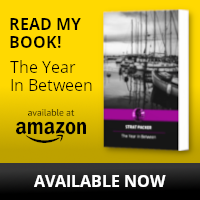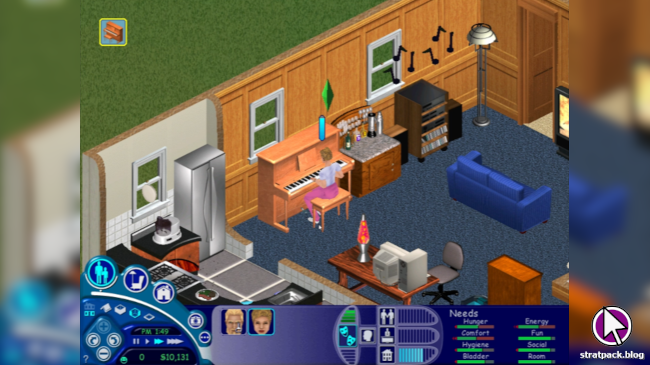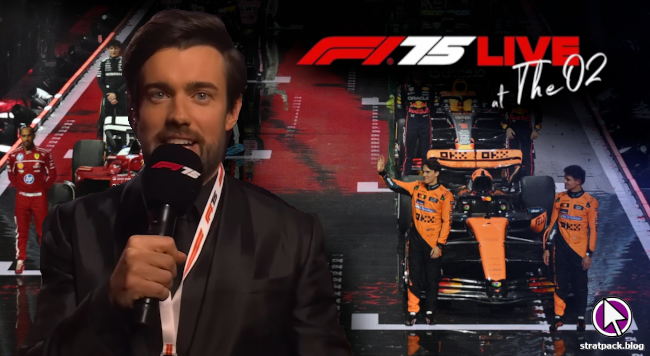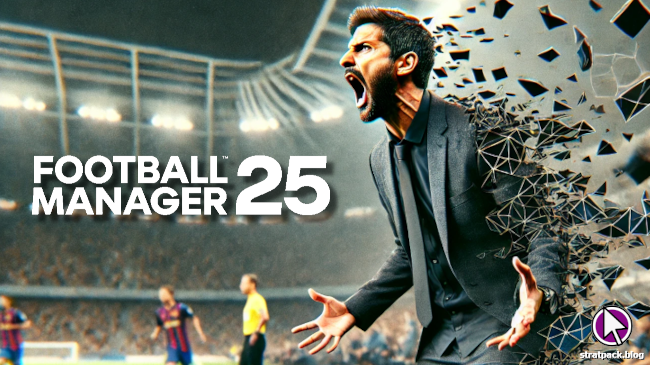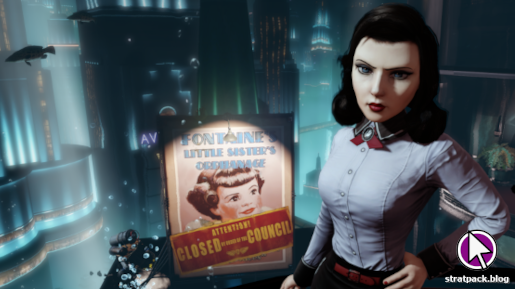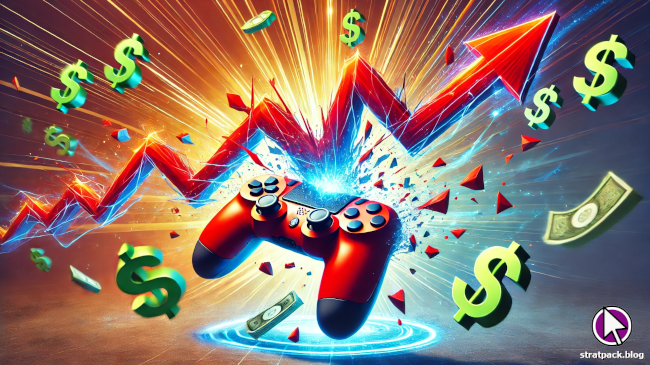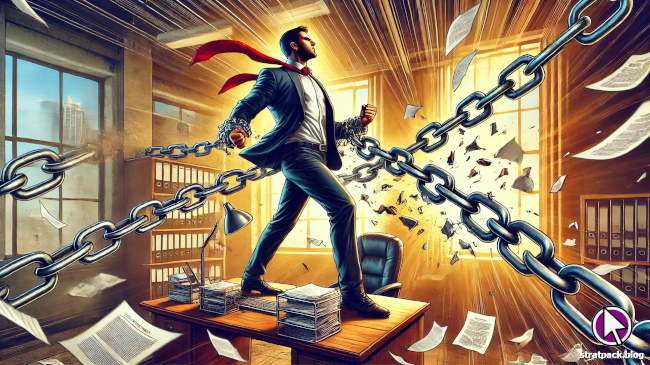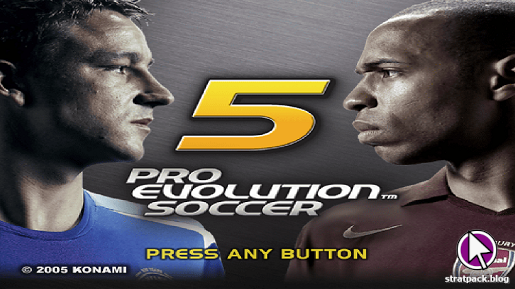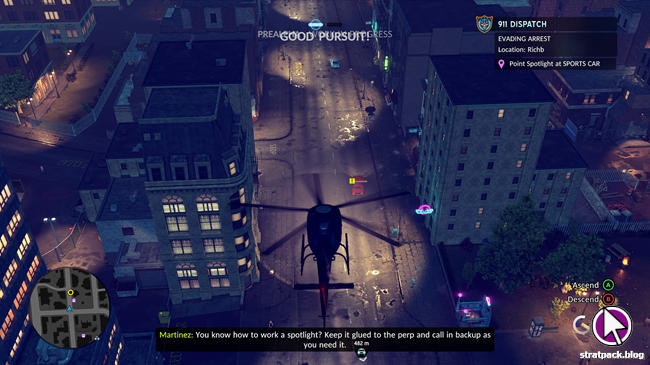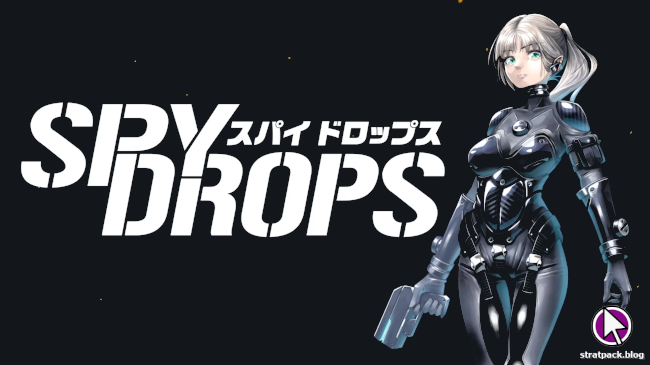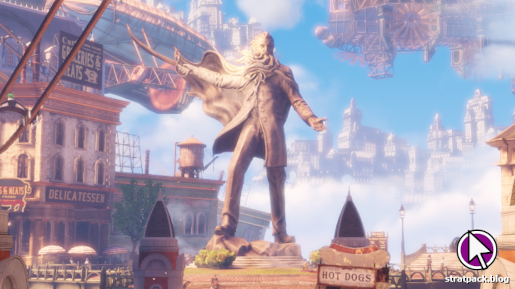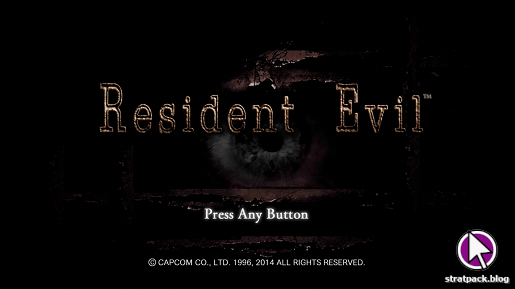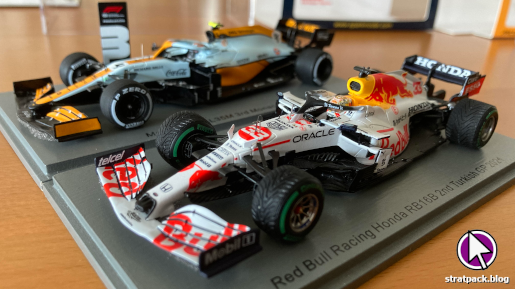
Once Upon a Time in Hollywood: Tarantino's novel kills the mystery
As the first Quentin Tarantino film I saw at the cinema, I have a something of a soft spot for Once Upon a Time in Hollywood (2019). While I wasn’t as keen on the typically violent ending, the picture the director painted of 1960s Los Angeles was captivating, perfectly complemented by the period soundtrack and Leonardo DiCaprio and Brad Pitt’s performances as an actor and his stunt double navigating the unforgiving world of Hollywood after the peak of their careers.
How does a story so entwined with certain visuals and music translate to the written word - especially when said novelisation is the author’s debut? We found out in 2021, when Tarantino published a 400-page reworking he described as “a complete rethinking of the entire story”. While it’s not terrible, I will say that I’m glad he gave us the film first, because the novel is not half as enthralling.
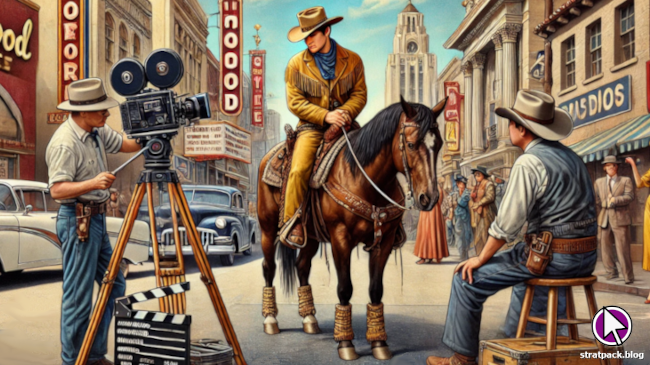
Tarantino makes the most of the freedom a book provides, shifting the film’s climax to the beginning and expanding in certain areas that wouldn’t have been as interesting (or would have been too time-consuming) on screen. However, that freedom is as much a blessing as it is a curse, and as talented as Tarantino is, it’s difficult to escape the feeling that storytelling on paper is not his strong suit.
Naturally, expanding upon characters’ backstories requires an explanation of their acting careers, and the author is not shy of turning these sections into long lists of real and fictional films, directors, and production companies. You’d expect Tarantino to be a film buff and it’s abundantly clear he is, but when I was caught up in the narrative it was often disheartening to realise that the coming pages would be nothing but a tangential, semi-fictional Hollywood history lesson.
Like its big picture counterpart, the book is at its best when we learn about its characters through natural but poignant dialogue. A particular high point is its account of Rick Dalton’s work on the set of Lancer, where he is forced to confront his status in life head-on through the double blow of the cowboy novel he’s reading and his relationship with a young co-star with her whole career ahead of her. This is the core of the latter third of the novel, and undoubtedly its highlight.
However, the Hollywood novelisation’s biggest flaw is that its third-person narrator has carte blanche to read any character’s mind. No rule is broken, per se, but much of the enjoyment of both films and novels comes from observing the subtleties in each character’s speech and behaviour. Putting together those clues reveals their motivations and helps to make sense of the overall narrative.
Outside of narrated sequences, Tarantino doesn’t have much opportunity for such transparency in his films, but the novel goes overboard. We’re constantly told why characters are doing or saying things - in some scenes even in between every line they speak. This wouldn’t be such an issue if it only applied to the main cast we follow throughout, but it also applies to every actor, director, and agent they encounter, putting to rest any potential mystery over their angle or goals.
If I hadn’t seen the film and wasn’t familiar with the characters, I’m not sure I would have made it to the end, but that’s not to say that Once Upon a Time in Hollywood isn’t an enjoyable read. If you liked the film as much as I did, you will likely relish the chance to spend more time with Rick and Cliff and learn more about their histories - just don’t expect a start-to-finish page-turner.
3/5



